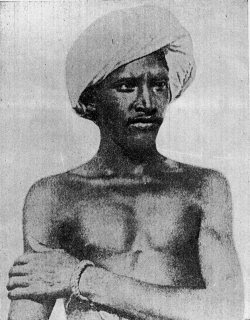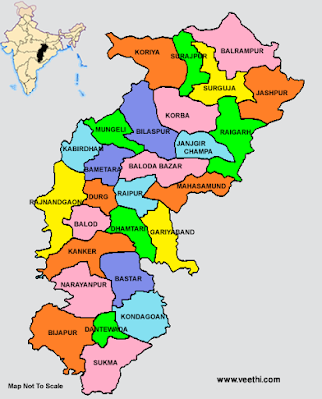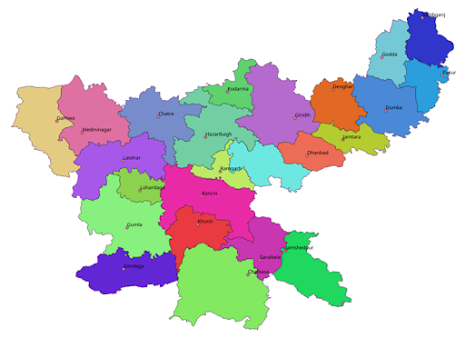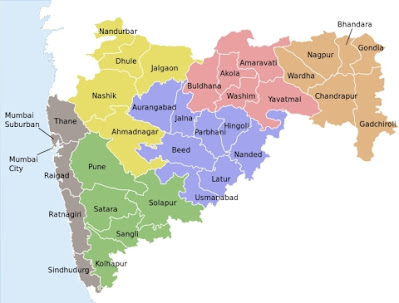PASTORALISTS GRAZING RIGHTS SQUEEZED
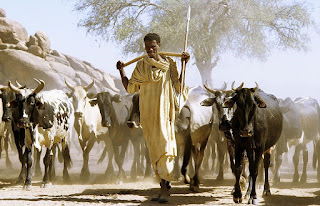
Globally, pastoralists are vanishing at an alarming rate. In India, they are pushed to impoverishment and drudgery Herders of cattle, sheep, and goats play a vital role in protecting and restoring fragile ecosystems. Approximately 35 million pastoralists, spread across 200 communities, manage a livestock population of over 50 million animals. Exports of milk, meat, leather, wool, and animals used for traction and manure contribute to livestock raising's foreign exchange earnings. The study attempts to knit various strands together to show the linkages between ecology and the life support systems and the undermining of these by the State in different forms. The study brings this up very sharply due to non-recognition of the State of pastoralism as valid historic form of livelihood keeping in mind the ecological conditions. The British reduced both pastoralists and forest dependent communities to concessions while simultaneously undermining the life support system on which they dep
